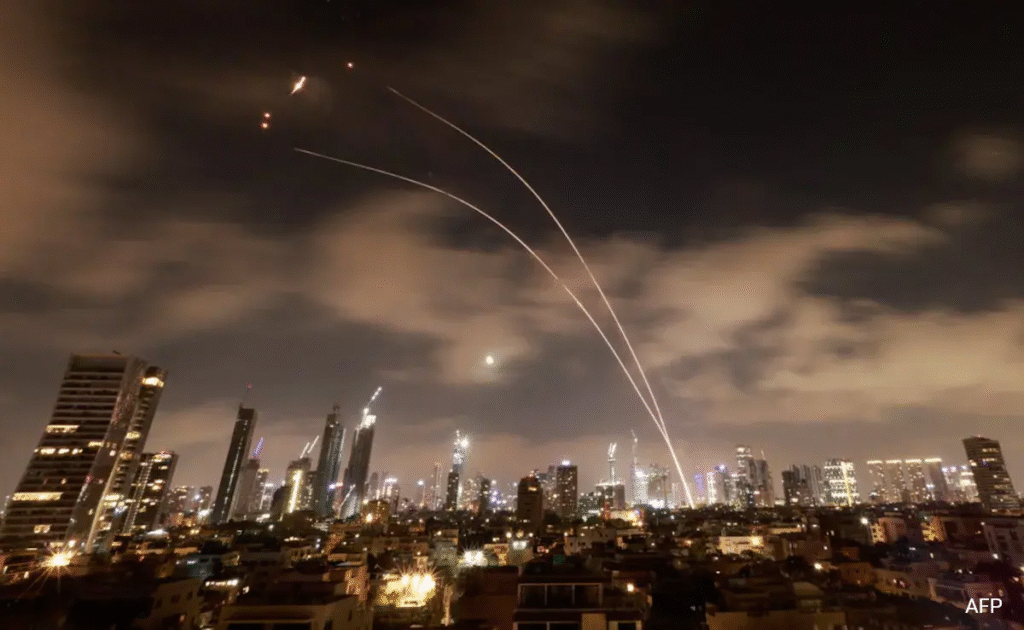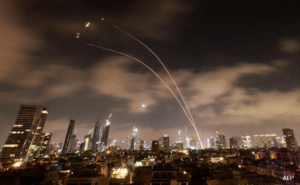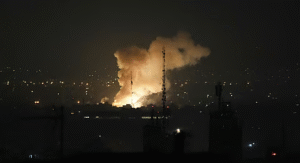The Fulcrum Tilts: US Strikes on Iran’s Nuclear Facilities and the Escalation of Middle East Tensions
Introduction: A Perilous New Chapter in Middle East Volatility
The already volatile landscape of the Middle East has been thrust into a perilous new chapter with reports indicating significant US strikes on Iranian nuclear facilities, including Fordow, Natanz, and Isfahan. Carried out with advanced military assets such as B-2 bombers, these actions, if confirmed by ongoing satellite image analysis, represent a dramatic and highly escalatory maneuver, pushing the long-simmering US-Iran tensions to a critical breaking point and sending shockwaves across the globe.

Strategic Intent: Targeting Iran’s Nuclear Infrastructure
For years, the international community has grappled with the complexities of Iran’s nuclear program. While Tehran has consistently maintained its peaceful intentions, Western powers, particularly the United States and Israel, have voiced deep concerns over its potential for weaponization. Diplomatic efforts, sanctions, and covert operations have characterized previous attempts to curtail Iran’s nuclear ambitions. However, these reported overt military strikes signify a stark shift in strategy, moving from containment and deterrence to direct, kinetic action against what are perceived as critical components of Iran’s nuclear infrastructure. The choice of targets – Fordow, a deeply buried enrichment site; Natanz, a central enrichment facility; and Isfahan, with its uranium conversion plant – underscores the strategic intent to cripple key elements of the program, at least temporarily.
The Inevitability of Retaliation and Global Economic Impact
The implications of these strikes are immediate and far-reaching. The most pressing concern is the inevitability of Iranian retaliation. Tehran has already issued unequivocal warnings, declaring that the attacks have “expanded the battlefield” and that “powerful retaliatory operations are imminent.” The nature and scale of this response remain to be seen, but the potential for proxy attacks against US interests and allies in the region, disruptions to vital shipping lanes like the Strait of Hormuz, and even direct military confrontation cannot be discounted. The surge in global oil prices to a five-month high immediately following the news is a stark indicator of the market’s anxiety over potential supply disruptions, highlighting the intertwined nature of geopolitical stability and global economics.
Broader International Ramifications and Regional Dynamics
Beyond the immediate kinetic response, the strikes profoundly impact regional and international dynamics. Nations like Russia and China have swiftly condemned the US actions, emphasizing the need for de-escalation and a diplomatic resolution. The emergency meeting of the UN Security Council and the UN Secretary-General’s expression of concern over a “perilous turn” underscore the collective fear of a wider conflict. Israel’s asserted “completion of objectives” in Iran and its reported independent strikes suggest a coordinated, or at least mutually beneficial, approach with the US, further entrenching the existing animosity between the two regional powers and Iran. Meanwhile, countries like Pakistan find themselves in a precarious diplomatic position, attempting to navigate the complex web of alliances and condemnations.
Conclusion: A Dangerous Inflection Point
Ultimately, the reported US strikes on Iran’s nuclear facilities mark a dangerous inflection point. While the stated goal may be to degrade Iran’s nuclear capabilities and prevent proliferation, the immediate consequence is a dramatic escalation of tensions that risks spiraling into a broader regional conflict. The coming days and weeks will be critical as the world watches for Iran’s response and the potential for a new, even more destructive chapter in the long-running saga of Middle East instability.




















